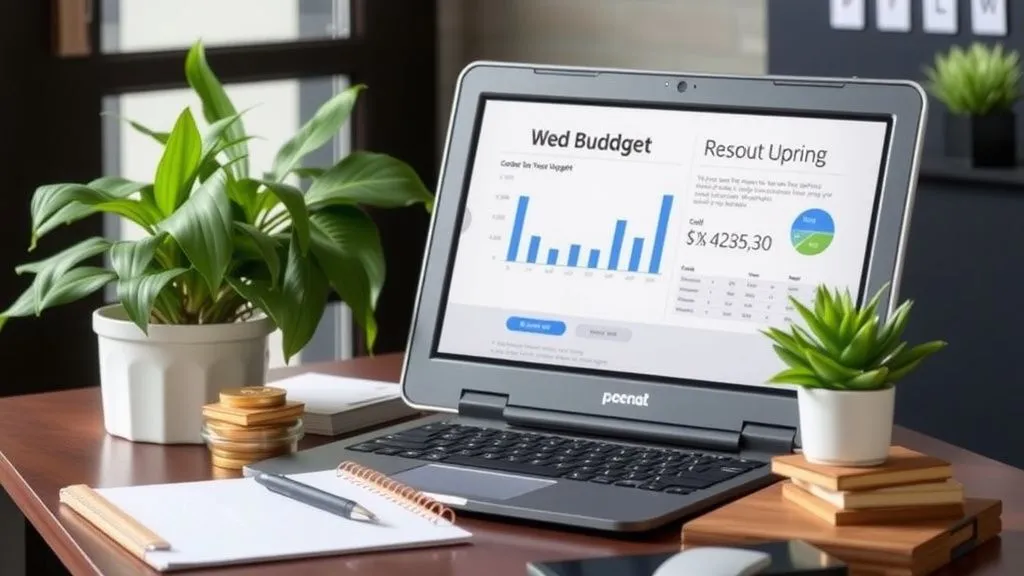Low Impact Living Costs
Welcome to our blog post on low impact living costs! In today's world, where environmental sustainability is becoming increasingly important, many individuals are looking for ways to reduce their carbon footprint and live a more eco-friendly lifestyle. One of the key aspects of low impact living is understanding the financial implications it may have. In this article, we will explore the various costs associated with low impact living and provide you with practical tips on how to minimize expenses while still making sustainable choices.
The Initial Investment
Transitioning to a low impact lifestyle often requires an initial investment in sustainable products and technologies. For example, installing solar panels or purchasing energy-efficient appliances can be costly upfront but can lead to significant savings in the long run. It's important to research and budget for these expenses to ensure they align with your financial goals.
Energy Consumption
Reducing energy consumption is not only beneficial for the environment but also for your wallet. Simple changes like switching to LED light bulbs, using programmable thermostats, and insulating your home properly can result in substantial savings on utility bills. Additionally, consider investing in renewable energy sources such as wind or solar power, which may require an upfront cost but can significantly reduce your reliance on traditional energy providers.
Transportation
The transportation sector is a major contributor to greenhouse gas emissions. Opting for greener alternatives such as walking, biking, or using public transportation can help reduce your carbon footprint while saving money on fuel and parking fees. If owning a car is necessary, consider investing in an electric or hybrid vehicle, which can offer long-term savings through reduced fuel costs and tax incentives.
Food Choices
Choosing sustainable food options can have a positive impact on both the environment and your budget. Buying locally sourced produce reduces transportation emissions and supports local farmers. Additionally, reducing meat consumption or opting for plant-based alternatives can lower grocery expenses and improve your overall health.
Waste Management
Implementing effective waste management practices is not only environmentally responsible but can also save you money. Reduce waste by recycling, composting, and repurposing items whenever possible. This reduces the need to purchase new products and decreases landfill contributions, resulting in potential cost savings.
Water Usage
Conserving water is another crucial aspect of low impact living. Simple measures such as installing low-flow faucets and showerheads, fixing leaky pipes, and collecting rainwater for gardening can significantly reduce water usage and utility bills. Additionally, landscaping with native plants that require less water can save both time and money on irrigation.
The Long-Term Benefits
While transitioning to a low impact lifestyle may require some initial investments or changes in habits, it's important to remember the long-term benefits. By adopting sustainable practices, you not only contribute to environmental preservation but also enjoy financial savings over time. From reduced energy bills to lower maintenance costs, low impact living offers numerous advantages that make it a worthwhile endeavor.
"The greatest threat to our planet is the belief that someone else will save it." - Robert Swan
In conclusion, low impact living costs are not only about the initial investments but also about making conscious choices that can lead to long-term financial benefits. By implementing energy-efficient solutions, choosing sustainable transportation and food options, managing waste effectively, and conserving water, you can reduce your environmental impact while saving money. Remember, every small step towards a more sustainable lifestyle counts, so start today and make a positive difference for both the planet and your wallet.


